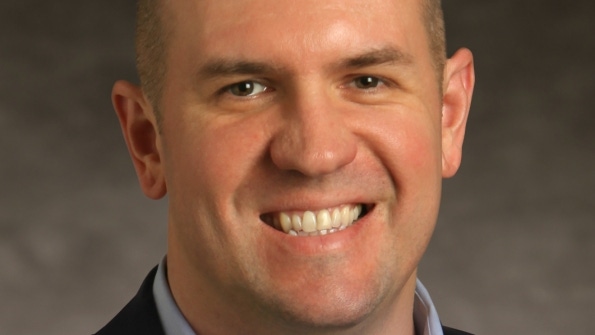The death of the Rackspace infrastructure-as-a-service (IaaS) offering that made headlines last week (including here on Talkin' Cloud) is not to be believed, said John Engates, Rackspace's CTO. In fact, the company is doubling down on its strategy to not compete against the likes of Amazon Web Services (AWS) on price but rather on service and support.
August 11, 2014

The death of the Rackspace (RAX) infrastructure-as-a-service (IaaS) offering that made headlines last week (including here on Talkin’ Cloud) is not to be believed, says John Engates, Rackspace’s CTO.
Quite the opposite, actually, Engates told Talkin’ Cloud in an interview. Not only is Rackspace not giving up on its IaaS offering, it is aiming to more strongly differentiate that service from the likes of Amazon Web Services and its other low-cost-focused competitors. And although it initially modeled its IaaS offering after Amazon when it launched the service, Rackspace is now focused on trying to provide stronger service and support than its competitors.
“The challenge for us is that Amazon was the early creator of all this,” Engates said. “They were looked upon as the leader and the innovator and the creator of infrastructure-as-a-service. You’re always going to get compared to that.”
And that’s partly why Rackspace indicated in the spring that it was choosing to stay out of the “race to the bottom” price war that most IaaS providers have joined. Instead, Rackspace is focusing on its beginnings as a managed services provider and concentrating on letting customers and potential customers know that its support is the difference in quality between using Rackspace and Amazon Web Services.
But Rackspace must be feeling the crunch of price-conscious customers who do compare the lowest costs. And Rackspace often appears to be much pricier—sometimes even twice as costly as Amazon’s cloud services.
Rackspace has changed its pricing in an attempt to simplify it for customers. What it has done is break pricing out into the IaaS cost and the support costs—providing two numbers. Of course, nothing has changed, in that the end prices are still the same as they were and a managed service plan is still required to be a Rackspace IaaS customer.
According to Engates, the change in how customers are showed pricing indicates Rackspace’s IaaS prices are only 10 percent to 20 percent higher than Amazon’s. That’s before taking into account the required support contracts, that is.
“Ultimately, nothing fundamentally has changed other than we’re telling a story in a different way to a customer that really values managed services and what Rackspace does and is finding that Amazon and Google are lacking in those capabilities,” Engates said.
About the Author(s)
You May Also Like


